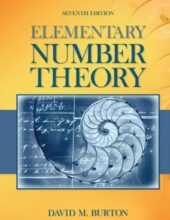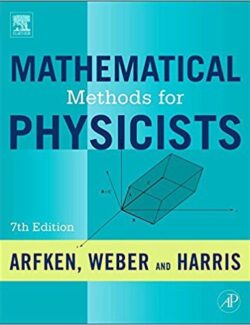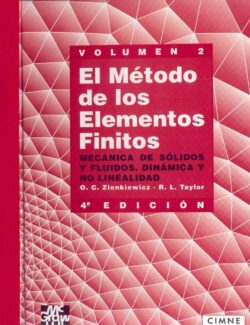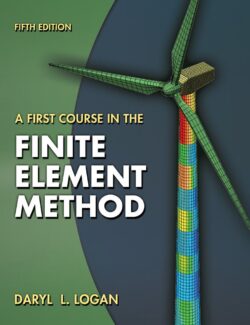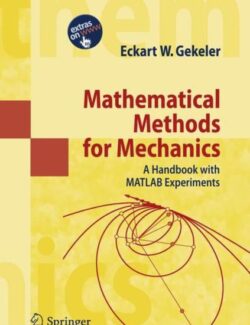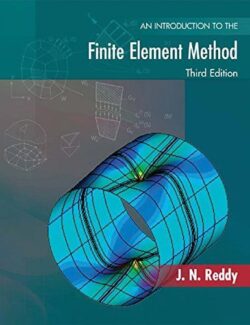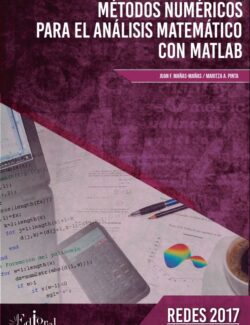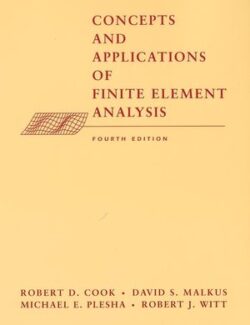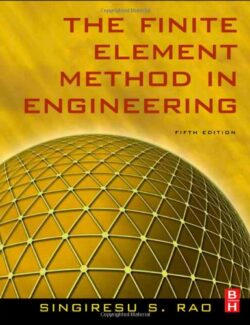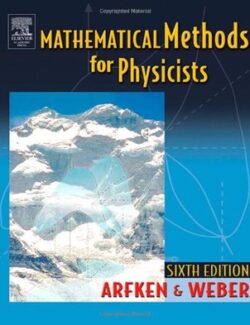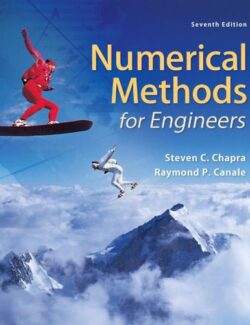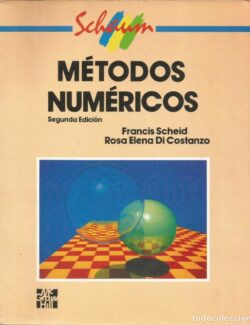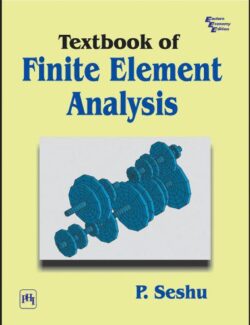Soluciones por Capítulo
- Section Mathematical Induction
- Section The Binomial Theorem
Aún no hay ejercicios resueltos aquí.
- Section Early Number Theory
- Section The Division Algorithm
- Section The Greatest Common Divisor
- Section The Euclidean Algorithm
- Section The Diophantine Equation
- Section The Fundamental Theorem of Arithmetic
- Section The Sieve of Eratosthenes
- Section The Goldbach Conjecture
- Section Carl Friedrich Gauss
- Section Basic Properties of Congruence
- Section Binary and Decimal Representations of Integers
- Section Linear Congruences and the Chinese Remainder Theorem
- Section Pierre de Fermat
- Section Fermat’s Little Theorem and Pseudoprimes
- Section Wilson’s Theorem
- Section The Fermat-Kraitchik Factorization Method
- Section The Sum and Number of Divisors
- Section The Möbius Inversion Formula
- Section The Greatest Integer Function
- Section An Application to the Calendar
- Section Leonhard Euler
- Section Euler’s Phi-Function
- Section Euler’s Theorem
- Section Some Properties of the Phi-Function
- Section The Order of an Integer Modulo n
- Section Primitive Roots for Primes
- Section Composite Numbers Having Primitive Roots
- Section The Theory of Indices
- Section Euler’s Criterion
- Section The Legendre Symbol and Its Properties
- Section Quadratic Reciprocity
- Section Quadratic Congruences with Composite Moduli
- Section From Caesar Cipher to Public Key Cryptography
- Section The Knapsack Cryptosystem
- Section An Application of Primitive Roots to Cryptography
- Section Marin Mersenne
- Section Perfect Numbers
- Section Mersenne Primes and Amicable Numbers
- Section Fermat Numbers
- Section The Equation
- Section Fermat’s Last Theorem
- Section Joseph Louis Lagrange
- Section Sums of Two Squares
- Section Sums of More Than Two Squares
- Section Fibonacci
- Section The Fibonacci Sequence
- Section Certain Identities Involving Fibonacci Numbers
- Section Srinivasa Ramanujan
- Section Finite Continued Fractions
- Section Infinite Continued Fractions
- Section Farey Fractions
- Section Pell’s Equation
- Section Hardy, Dickson, and Erdös
- Section Primality Testing and Factorization
- Section An Application to Factoring: Remote Coin Flipping
- Section The Prime Number Theorem and Zeta Function
Acerca de
La teoría de números, una de las ramas más antiguas y fundamentales de la matemática, se dedica al estudio de las propiedades de los números enteros y las relaciones entre ellos. Lejos de ser una simple exploración aritmética, este campo constituye un territorio rico en estructuras, patrones, conjeturas y demostraciones que han fascinado a matemáticos desde la antigüedad hasta la era moderna. Desde los problemas que motivaron a Euclides, Diofanto y Fermat, hasta las aplicaciones contemporáneas en criptografía, seguridad digital y teoría de la computación, el análisis de los números enteros revela una profundidad teórica y una belleza estructural que ha sido descrita como la «reina de las matemáticas». La teoría elemental de números se centra en los principios fundamentales que rigen los enteros: divisibilidad, congruencias, factorizaciones, funciones aritméticas, residuos cuadráticos, propiedades de los primos, ecuaciones diofánticas, y bases numéricas. A diferencia de otras ramas más abstractas, esta disciplina se caracteriza por su aparente simplicidad formal: muchos de sus enunciados pueden entenderse sin necesidad de conocimientos avanzados, y sin embargo sus demostraciones pueden ser complejas, sutiles y profundamente elegantes. Es esta dualidad la que convierte al estudio de los números en una actividad intelectualmente estimulante y formativamente poderosa.
